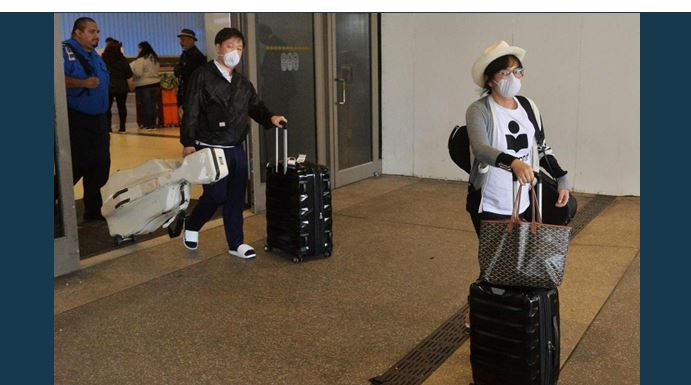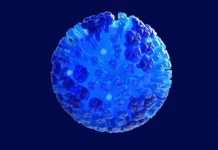
March 17 (UPI) — Researchers at the University of Melbourne in Australia think they identified how the immune system responds to the new coronavirus, providing insights into potential keys to recovering from the disease.
In findings published Tuesday in the journal Nature Medicine, researchers at the Peter Doherty Institute for Infection and Immunity, in Melbourne, Australia, documented the results of blood samples taken at four time points in an otherwise healthy woman in her 40s, who presented with COVID-19 and had mild-to-moderate symptoms requiring hospital admission.
With these samples, the researchers were able to isolate four types of immune cells that were activated to fight off the virus. These cells could help form the foundation of a vaccine against the disease, the authors say.
“We showed that even though COVID-19 is caused by a new virus, in an otherwise healthy person, a robust immune response across different cell types was associated with clinical recovery, similar to what we see in influenza,” Dr. Katherine Kedzierska, an immunologist who specializes in influenza at the University of Melbourne, said in a statement released by the school.
“This is an incredible step forward in understanding what drives recovery of COVID-19. People can use our methods to understand the immune responses in larger COVID-19 cohorts, and also understand what’s lacking in those who have fatal outcomes.”
The woman whose blood samples were used in this research is a 47-year-old from Wuhan, China — epicenter for the global pandemic — who was admitted to a hospital in Australia after developing symptoms of COVID-19. She recovered within 14 days.
The researchers noted that three days before the woman began to improve, they were able to identify specific immune cells in her bloodstream. In influenza patients, these same cells also appear around this time before recovery, Kedzierska said.
According to Kedzierska and her colleagues, the isolated cells included antibody-secreting cells, or ASCs, which are key for the production of antibodies in the immune system following infection. These and other cells called follicular helper T cells, or TFHs, are typically produced following vaccination against influenza, for example.
In the study patient, the authors noted ASCs began appearing in blood samples at the time of viral clearance, on day 7 following diagnosis, and peaked on day 8, while TFH cells emerged on day 7 post-diagnosis and increased on days 8 and 9. The peak of both ASCs and TFH cells was markedly higher in the patient with COVID-19 than in healthy control participants.
Both ASCs and TFH cells were present during convalescence on day 20 post-diagnosis, the authors noted.
“We hope to now expand our work nationally and internationally to understand why some people die from COVID-19, and build further knowledge to assist in the rapid response of COVID-19 and future emerging viruses,” said co-author Dr. Irani Thevarajan, an infectious diseases physician at Royal Melbourne Hospital.






